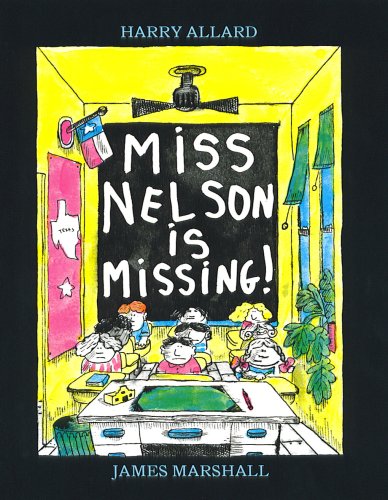To fill my classroom library, I plan on looking for well-written mystery novels. I want books that really grab my students' attention and make them want to keep reading to find out the ending. Some authors are well-known for their strong voice when writing a good mystery that gives a lot of suspense and foreshadowing. I think mystery novels are a good way to teach students about the 6+ Traits because they show how word choice can make a difference in the amount of suspense that is built within the reader. They also show how good organization of the information is important for reader understanding. Lastly, the ideas in a mystery are essential because the details, or clues, that are added is what makes the story a mystery! There are so many activities that students could do when learning to both read and write in the mystery genre.
Awards:
Crime Fiction Awards
Mystery Book Awards
The Edgar Awards
Author or Text Resources:
Best Mysteries for Young Readers
Children's Mystery Books
General Resources:
A Guide to Mystery Genres
Mystery Genres
Quality Teaching Ideas:
Exploring the Mystery Genre
Fun with Mysteries
Some of my favorite book choices:
Miss Nelson is Missing!
By: Harry Allard and James Marshall

Miss Nelson is the nicest teacher in the school, but her class doesn't show her any respect. They are always misbehaving. She knows something has to be done, so she disappears for awhile and Miss Viola Swamp takes her place. The students think Miss Swamp is the meanest teacher ever, and all they want is for Miss Nelson to come back. They even hire a detective to try and find her. When Miss Nelson finally returns, the students are much more behaved and appreciative. The story leaves a lot of clues throughout about where Miss Nelson has gone. I think this would be a good book to help with classroom management. I also think it would be fun to use as a free-write with a substitute. The students could write their own story about where they think that their teacher is. It's a good book to help teach making predictions and looking for clues within the text and illustrations.
Allard, Harry, & Marshall, James. (1977). Miss nelson is missing. Boston, Massachusetts: Houghton Mifflin Company.
Grade level span: K-1 , Lexile Level: 340L, Grade Level: 2.7
Grade level span for class read aloud: K-3
Major themes addressed: classroom behavior, missing person
Qualities of the writing: withstood the test of time (written in 1977)
Connections to local, national, or global issues: missing persons, unsolved mysteries, detective work, classroom behavior
Facets that might require support: Some of the clues about where Miss Nelson went are in the illustrations
Support that might be needed: Make sure students can see the pictures if doing a read aloud
In the Snow: Who's Been Here?
By: Lindsay Barrett George
As the children in the story hike through the snow, they see signs of animal life everywhere. Students can help them find the clues (a pellet of feathers and bones, a fish head by the brook, a patch of bark rubbed off of the trunk of a birch tree) to guess what animal had recently been there. This book would work well to tie into a science unit while studying animals and animal tracks. The class could also take a field trip to look for clues in nature on their own and report their discoveries.

George, Lindsay Barrett. (1999). In the snow: Who's been here. New York, New York: Greenwillow Books.
Grade level span: K-1, Lexile Level: 430L, Grade Level: 1.5
Grade level span for class read aloud: K-2
Major themes addressed: animals, pay attention to surroundings, nature
Qualities of the writing: The illustrations help students make inferences and predictions
Connections to local, national, or global issues: take care of wildlife and help preserve nature
Facets that might require support: Students will need some prior knowledge to help figure out what the mystery animal is
Support that might be needed: Talk about all of the animals in the book prior to reading this in class.

